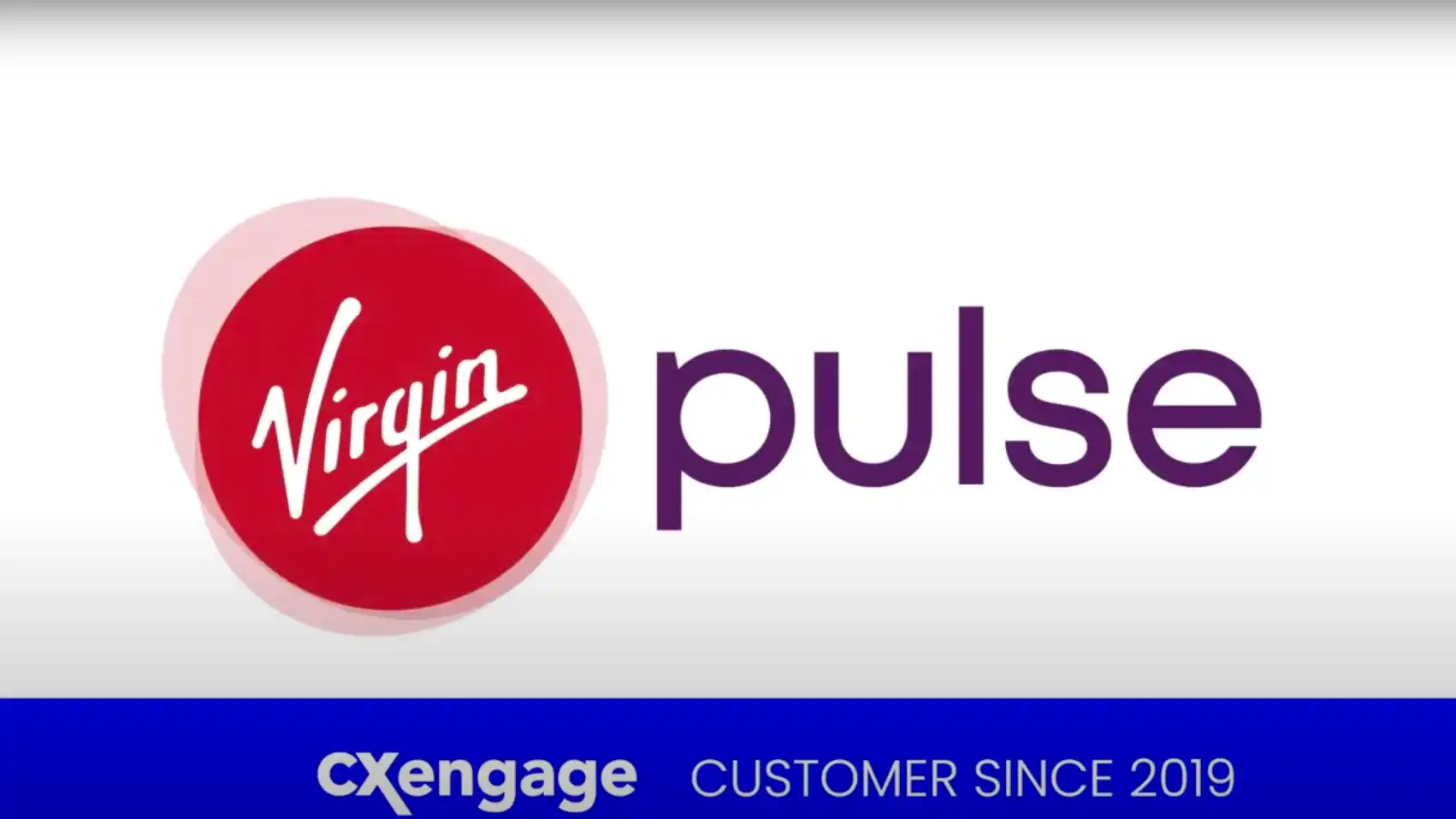Every business aspires to be loved by its customers. However, creating a customer experience in a call center that engenders lasting customer loyalty and affection requires organizational-wide commitment and prioritization, often with C-level support.
For decades, the call center has served as the frontline for the business, offering customers a way to interact directly and receive support from a company. However, as the years go by and technology enhances, customer experience (CX) leaders are taking the opportunity to redefine and reimagine the role of the call center services for the modern era.
What is a Call Center?
A traditional call center is typically a physical office setting where customer service representatives handle inbound or outbound calls based on business needs and requirements. Call centers can effectively function either as an in-house customer service team or via a fully outsourced model whereby a third-party will act as a remote service arm for the business.
Call centers often serve several functions — including billing, telemarketing, debt collection and more. Ultimately, they facilitate communication between customers and brands, whether related to service and support inquiries or ensuring requests are routed to the appropriate departments.
What is the Difference Between a Call Center and a Contact Center?
While many principles of call centers and contact centers are similar, modern contact centers manage customer interactions and inquiries using a variety of digital channels and applications, including phone, email, web-based chat/instant messaging, SMS/text and even real-time video. The channels used by modern contact centers are all components of one integrated system, allows organizations to provide more diversity in communication channels and a more cohesive experience for the customer. Additionally, a true omnichannel contact center solution will enable businesses to maintain a unified view of the customer across touchpoints, which 44% of CX leaders say remains a top challenge for improving customer experience.
Types of Call Centers
As established, contact centers are diverse and tailored to the needs of each business. In the section below, we cover some of the most common types of contact centers.
Inbound Call Center
An inbound contact center enables customer support representatives to exclusively (or primarily) handle incoming customer calls. In this model, agents respond to customer requests as they are received via a queue. Before speaking to a call center agent, customers often are asked a series of questions via an interactive-voice-response (IVR) system designed to direct their call to the most appropriate customer support representative.
Inbound contact centers are commonly used by businesses that have need to offer technical, product and billing support at scale. Agents are typically trained and equipped with specific instructions to help with resolving the most common requests as quickly as possible and measured on KPIs like resolution time and customer satisfaction.
Outbound Call Center
Conversely, an outbound contact center enables agents to make outgoing calls to customers, often as part of a sales or promotional campaign. The audience for these outbound campaigns is typically defined and managed through the company’s customer relationship management (CRM) system. Organizations automate this process using specialized software, such as a predictive dialer, which makes it possible for agents to a significant number of calls quickly.
Outbound call centers are subject to a variety of regulations, such as the Telephone Consumer Protection Act (TCPA), which specifies how and when agents can call a residential phone number. Modern contact centers can perform outbound communication via customer’s preferred methods (such as email and text), which some consider less intrusive than phone calls.
Automated Contact Center
Many contact centers use IVRs (digital assistants) to automate call routing and augment agent capacity. IVR systems, initially introduced in the 1960s, are designed to help connect customers to the right information or answer to resolve questions faster — often without agent intervention.
Modern contact center solutions provide capabilities designed to solve customers’ problems before a human representative is needed via AI-assisted, self-service channels like chatbots.
Physical vs. Remote Call Centers
Contact centers can exist in both physical and virtual hubs, both of which provide different benefits. Let’s examine what both bring to the table and how they differ from one another:
Physical contact centers
Even though the world is changing rapidly, the majority of businesses still adhere to this traditional customer support approach. Physical contact centers are great for maintaining a consistent culture and offering mentorship as everyone in the same place at once. Yet, in the wake of the global health pandemic, most modern organizations are recognizing that call centers don’t need to exist in one physical premise any longer.
Remote contact centers
Remote contact centers provide an alternative approach, often with significant cost benefits. With remote contact centers, agents can provide support to customers from any location — usually a home office — while maintaining continuity of service via a web-based agent interface where they can access pertinent information about support cases, transfer calls and monitor KPIs, just as they would in a physical contact center.
Four reasons why businesses are turning to the cloud
One of the central tenets of most contact centers is the application of cloud technology to streamline and integrate all systems.
Industry analysts estimate approximately 90% of contact centers currently use on-premise technologies; however, the adoption of cloud solutions is expected to grow to more than 50% of all contact center implementations by the year 2022. Below are some of the most common reasons cited as benefits for moving to the cloud.
Reliability
According to research firm Aberdeen, 73% of organizations cite an improvement in uptime after migrating to a cloud-based contact center solution. With CxEngage and other modern CCaaS solutions, organizations benefit from global availability, redundancy and superior uptime, delivering improved reliability as compared to on-premise solutions.
Scalability
By moving to cloud solutions, CX leaders no longer need to worry about maintenance costs and predicting compute needs based on call volume projections. Instead, leading cloud-based solutions allow resources to be scaled up to support spikes in volume and effortlessly scaled back when the capacity is no longer needed. This is particularly valuable for fast-growth companies and those with seasonable impact where demand is non-linear and harder to predict. It also offers flexibility for businesses experiencing declining growth (such as during an economic downturn or unforeseen event).
Global Reach and Availability
With a cloud-based contact center solution, it’s possible to hire and rapidly onboard agents in different geographies and time zones when customer support volumes increase, without the requirement to open physical call centers across the globe. Beyond that, these agents will likely speak different native tongues, meeting the demands of a diverse array of markets worldwide.
Business Continuity and Cohesiveness
With on-premise solutions, any unforeseen change to operations — such as a systems outage or rapid shift in work location — represents significant complexity and risk, often resulting in lost productivity and downtime. As illustrated by the Covid-19 pandemic, businesses need the ability to quickly accommodate remote work to keep agents productive while providing safe working conditions. With a cloud-based contact center solution, agents, supervisors and administrators can continue to serve customers from anywhere with an internet connection, saving the company countless hours in lost productivity while delivering a higher level of customer care.
Do You Need to Manage Your Own Contact Center?
To many, taking on the responsibility of managing one’s own contact center sounds like a daunting task; however, with modern, scalable and adaptable cloud-based call center software, organizations now have far more opportunity to fully own and define the customer experience that is appropriate for their brand.
Create a Simpler, More Efficient Contact Center with CxEngage
Whether it’s due to scalability, reliability, or business continuity requirements, the clear benefits of a cloud-based contact center have provided organizations a compelling reason to reassess their operations and opportunities to reduce cost and complexity while still elevating the customer experience. And due to the global Covid-19, there’s a pressing need to let agents work from home, adding to the multitudes of reasons to implement modern contact center solutions that provide flexibility without sacrificing productivity.






